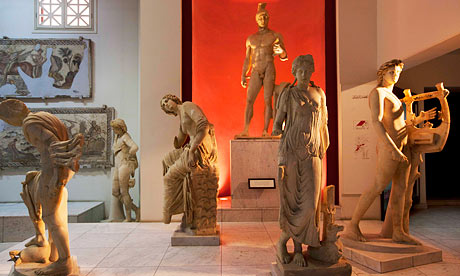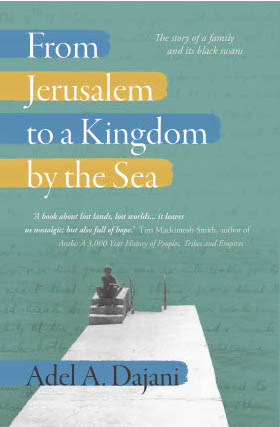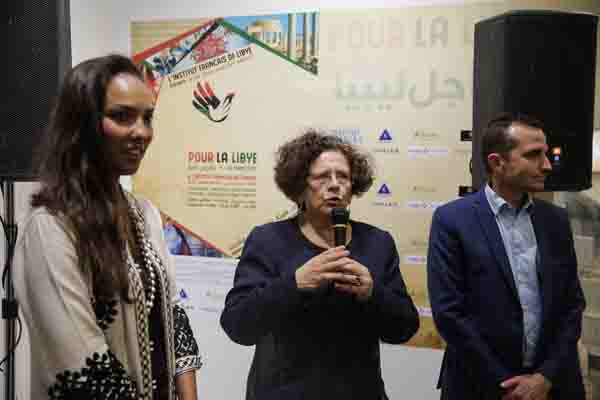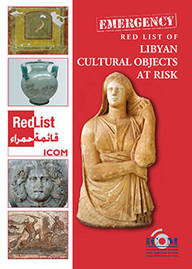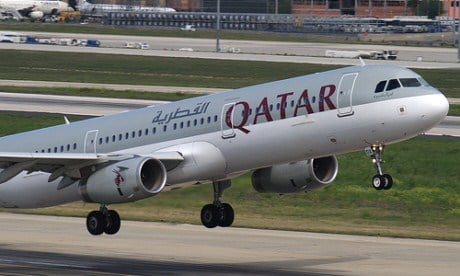By George Grant
Tripoli, 17 May:
To describe it as “stunt-laden” would be an understatement. Ten parachutists, half a dozen flypasts, a marching . . .[restrict]band, singing girls, bagpipers and the “Sound of the Ship Cyrene” announced the reopening of the Tripoli National Museum this evening, in an event coinciding with the 35th anniversary of International Museum Day.
The ceremony marked the first time the museum opened its doors to the public since last year’s revolution in an event organised by the Libyan Archeological Department and fully sponsored by the Global Electricity Services Company (GESCO).
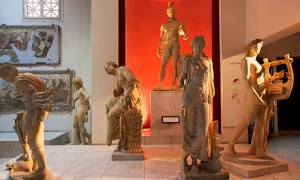
With the interests of Libya Herald readers at the forefront of his mind, your correspondent smuggled himself into the dignitaries section which ensured the best access, the best views, and – of course – a chair. Composure was upheld whilst shaking hands with the dozen traditionally dressed singing girls as they presented themselves to each of the guests in the VIP area, a price considered well-worth paying.
Although only afforded a brief tour of the museum before the opening ceremony, it was clear how much effort had gone into restoring it and ensuring it remains the home of some of Libya’s finest historical artifacts in the wake of last year’s conflict. In her subsequent speech, the representative of the UNESCO director general, Louisa Hexthausen, congratulated all those who had protected the museum’s artifacts during the revolution, often at great personal risk, by putting them into safe hiding to prevent damage or theft. “UNESCO will spare no effort to support Libya to protect, promote and enhance its cultural heritage”, she said, adding that “protecting the rich past of Libya is essential to promoting a better future”.
Speeches were also made by Dr Saleh Agab, head of the Libyan Archeological Department, and Heba Shebani, a Libyan civil rights and media activist.
In the words of one senior foreign dignitary in attendance, this was a “semi-organised event”; a melange of ceremony and spontaneity, and none the worse for it. As with the first anniversary celebrations of the revolution in February, what made this occasion remarkable was the fact that it was not merely the organisers who were doing the running. Following the end of official speeches, a number of members of the crowd jumped onto the podium and took the microphone to deliver speeches, eulogies and poems, and to sing songs. One boy, who cannot have been older than 12, captivated the audience with his poem about the revolution and its meaning for Libyans. The cries of “Allahu Akbar!” were perhaps only more numerous following the rendition of the national anthem.
Even those who were officially involved seemed not quite to stick to the script. One of the parachutists, with the Libyan flag fluttering in his wake, chose not to land with the others on the edge of Martyrs’ Square and chose instead to plant himself in the centre of the crowd, his parachute smothering part of the sound system and not a few well-dressed guests when he did so. Likewise, the pilot of the four-propellered cargo plane accompanying the helicopter for flypasts decided to go lower and lower for each flight over the crowd, until eventually he could not have been higher than 150 feet. Cheers ensued.
All in all this was a celebratory occasion, attended both by local Libyans and officials, as well as foreign dignitaries including the British and French ambassadors and a clutch of American attachés. The museum will now be open to the public free of charge for the next few weeks, and all those able are encouraged to come and take a look inside.
George Grant can be found on Twitter at www.twitter.com/GeorgePBGrant [/restrict]


